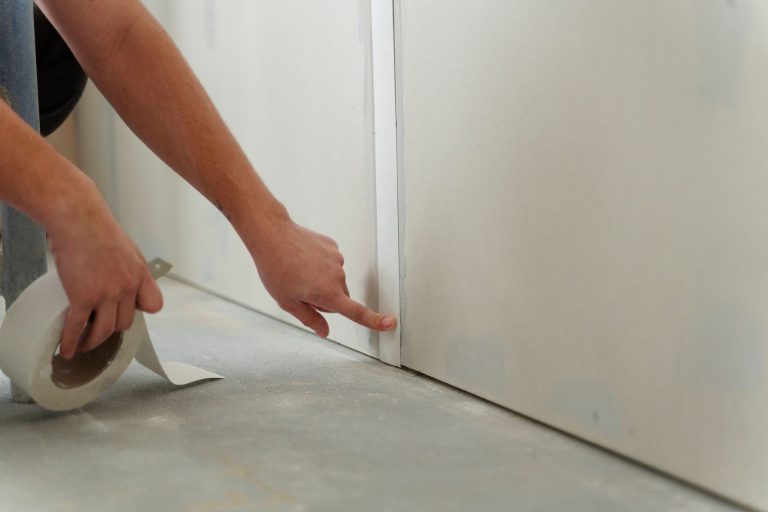When it comes to achieving flawless, paint-ready walls and ceilings, tape and jointing is one of the most essential techniques in modern interior finishing. This process is widely used in both residential and commercial construction, especially where plasterboard or drywall is installed. Unlike traditional plastering, tape and jointing provides a faster and cleaner method of finishing surfaces, making it a preferred choice for many builders and decorators.
What is Tape and Jointing?
Tape and jointing is the process of covering the seams between plasterboards with a special jointing compound and reinforcing tape. This ensures that the joints are smooth, invisible, and strong enough to prevent cracks from appearing over time. The method not only hides imperfections but also creates a seamless finish that can be painted, wallpapered, or decorated to suit any interior style.
The Key Steps in Tape and Jointing
1. Preparation of Surfaces
Before starting, the plasterboard surfaces must be clean, dry, and firmly fixed. Any dust or loose particles are removed to allow proper adhesion of the compound.
2. Applying the First Coat and Tape
A thin layer of joint compound is applied directly over the seams, followed by embedding joint tape into the compound. The tape reinforces the joint, ensuring it remains crack-resistant.
3. Building Up with Additional Coats
After the first coat dries, additional layers of compound are applied to smooth out the joint and feather the edges into the board surface. Each layer is allowed to dry and then lightly sanded before the next coat is applied.
4. Final Sanding and Finishing
The final sanding stage ensures that the wall surface is perfectly even. Once complete, the surface is ready for painting or other decorative finishes.
Benefits of Tape and Jointing
-
Time-Saving: Faster than full plastering, making it ideal for large projects.
-
Smooth Finish: Provides a seamless look that enhances paint and wallpaper application.
-
Cost-Effective: Requires less material and labor compared to traditional plaster methods.
-
Flexibility: Suitable for both small repairs and large-scale construction projects.
Common Mistakes to Avoid
While tape and jointing is straightforward, beginners often make errors such as applying too much compound, failing to feather edges properly, or sanding too aggressively. These mistakes can result in visible seams or uneven finishes. Attention to detail is crucial for a professional outcome.
Tape and Jointing vs. Plastering
Although both methods aim to achieve smooth walls, plastering involves applying a continuous layer of plaster over the surface, whereas tape and jointing focuses only on the joints and screw holes. This makes tape and jointing quicker and more efficient, though plastering may still be preferred for certain traditional or high-end finishes.
Conclusion
Tape and jointing has become a go-to method for modern construction and renovation projects, offering a practical balance between efficiency, cost, and quality. With proper application, it delivers walls and ceilings that are smooth, durable, and ready for decoration. For anyone seeking a flawless finish without the time and expense of full plastering, tape and jointing is the perfect solution.

